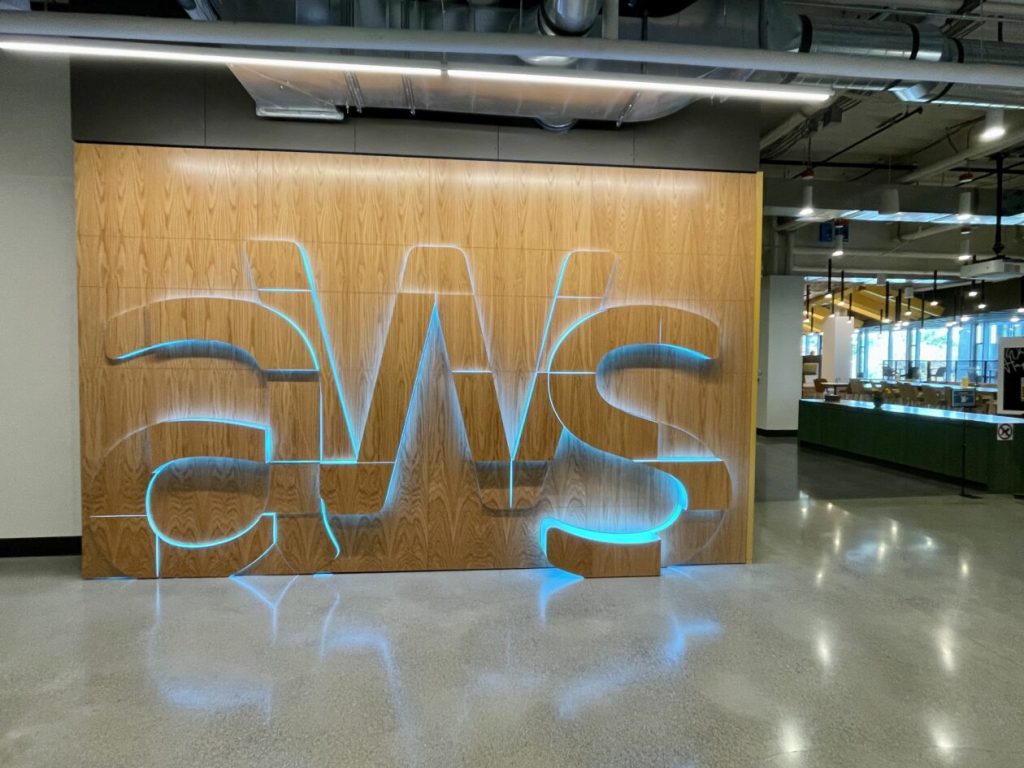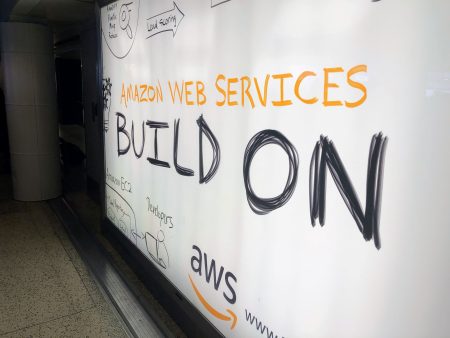AWS Outage: A Wake-Up Call for Digital Dependency
A massive outage struck Amazon Web Services (AWS) early Monday morning, causing widespread disruption across the internet landscape and highlighting our growing dependence on centralized cloud infrastructure. The outage, which Amazon traced to “an underlying internal subsystem responsible for monitoring the health of network load balancers,” affected countless major websites and services, from Facebook and Coinbase to Amazon’s own platforms and even physical infrastructure like airport check-in kiosks at LaGuardia. The incident serves as a sobering reminder of how deeply interconnected—and potentially vulnerable—our digital world has become, with a single failure point capable of creating ripple effects across the global economy and daily life.
This latest disruption began shortly after midnight Pacific Time in Amazon’s Northern Virginia (US-EAST-1) region, which represents AWS’s oldest and largest cloud infrastructure hub. Initial reports identified a DNS resolution issue with Amazon’s DynamoDB product—essentially meaning the internet’s “phone book” failed to connect users with the database services that thousands of applications rely on to store and retrieve data. This isn’t the first time this particular region has been at the center of major outages, with similar incidents occurring in 2017, 2021, and 2023. The pattern raises questions about whether sufficient redundancy measures have been implemented across the digital ecosystem, as many affected organizations appeared unable to quickly switch to alternative regions or cloud providers when the primary systems failed.
The technical failure itself might be quickly resolved, but experts suggest the incident reveals deeper structural vulnerabilities in our increasingly cloud-dependent world. Dr. Aybars Tuncdogan, an associate professor at King’s College London, describes the fundamental problem as a form of “tech monoculture”—a global infrastructure with insufficient diversity in platforms and providers. “It’s like agricultural monoculture,” he explains. “When everything relies on a single strain, one disease can wipe out entire plantations because they all have the same genetics.” This concentration of digital resources creates a situation where, despite the technical sophistication of individual systems, the overall ecosystem remains vulnerable to cascading failures from single points of weakness. While this particular outage resulted from an internal system malfunction, Dr. Tuncdogan warns that a deliberate attack targeting similar vulnerabilities could potentially cause far more extensive damage.
The incident has prompted renewed calls for architectural changes in how organizations approach cloud computing. Vaibhav Tupe, a senior member of IEEE, suggests that cloud service providers should implement more aggressive isolation of critical networking components to prevent the kind of cascading failures witnessed in this outage. “This outage shows that even the largest cloud providers are vulnerable when failure occurs at the control-plane level,” he notes. Both experts emphasize that while individual customers can design redundancy into their systems, cloud providers themselves could develop more diverse, competing infrastructures within their own ecosystems to mitigate these risks. The alternative—continuing with highly centralized approaches—virtually guarantees that similar large-scale outages will occur in the future, whether from technical glitches or targeted attacks.
The disruption particularly highlights the challenges facing organizations that have embraced cloud computing but haven’t fully implemented multi-region or multi-cloud strategies. While such approaches add complexity and cost, they provide crucial resilience against regional outages like the one experienced Monday. Many affected services appeared to lack adequate fallback mechanisms, leaving them completely dependent on the availability of a single AWS region. This dependency represents a significant business risk that many organizations may now be reconsidering in light of the outage’s wide-reaching impacts. As our reliance on cloud services continues to grow—powering everything from consumer applications to critical infrastructure—the stakes of such outages only increase, potentially affecting not just convenience but essential services and economic activity.
As Amazon works to fully restore services and affected organizations recover their operations, the broader conversation about digital resilience takes on new urgency. This incident may accelerate demand for more distributed approaches to cloud computing as a baseline expectation for system resilience. The challenge will be balancing the efficiency and cost benefits of centralized cloud services with the need for robust failover capabilities and architectural diversity. While perfect reliability is impossible in any complex system, incidents like Monday’s outage provide valuable learning opportunities for both cloud providers and their customers. The question remains whether this will serve as a catalyst for meaningful changes in how we architect our increasingly interconnected digital world, or simply become another temporary disruption soon forgotten until the next inevitable outage occurs.














